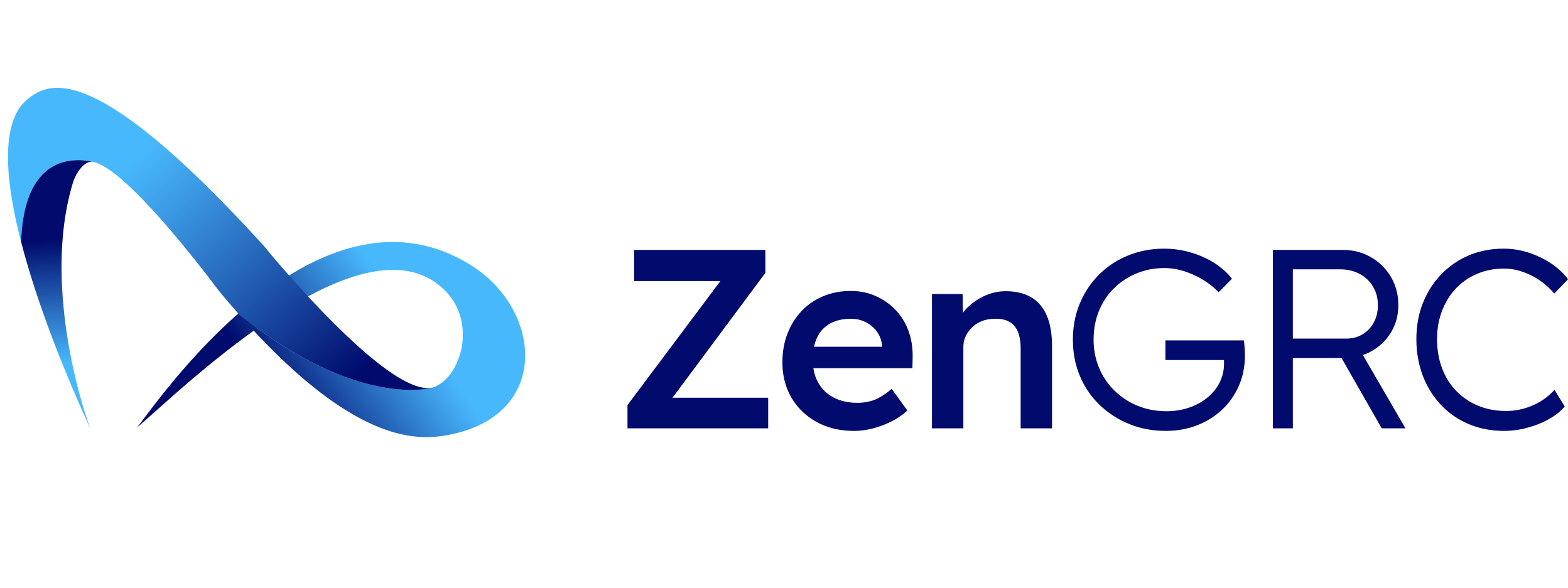It is a constant challenge for the healthcare industry to comply with the Health Insurance Accessibility and Portability Act (HIPAA). HIPAA requires healthcare organizations and their business associates to secure... Read More
HITRUST
What Is a HITRUST Audit?
A HITRUST assessment, or audit, helps healthcare organizations gauge their compliance with the Health Information Trust Alliance Common Security Framework (HITRUST CSF). Increasingly, clients expect assurances regarding the information security... Read More
Is AWS HiTRUST Certified?
Currently, the Health Information Trust Alliance Common Security Framework (HiTRUST CSF) certifies 64 Amazon Web Services (AWS) services. These HiTRUST-certified services include Amazon Elastic Compute Cloud, Amazon EMR, Amazon Redshift,... Read More
Preparing for a HITRUST audit – A Step by Step Guide – Part 1
What is the Difference between HIPAA and HiTrust?
The Health Insurance Portability and Availability Act (HIPAA) establishes a set of security controls that govern information security in the healthcare industry. Healthcare organizations and their business associates are legally... Read More
